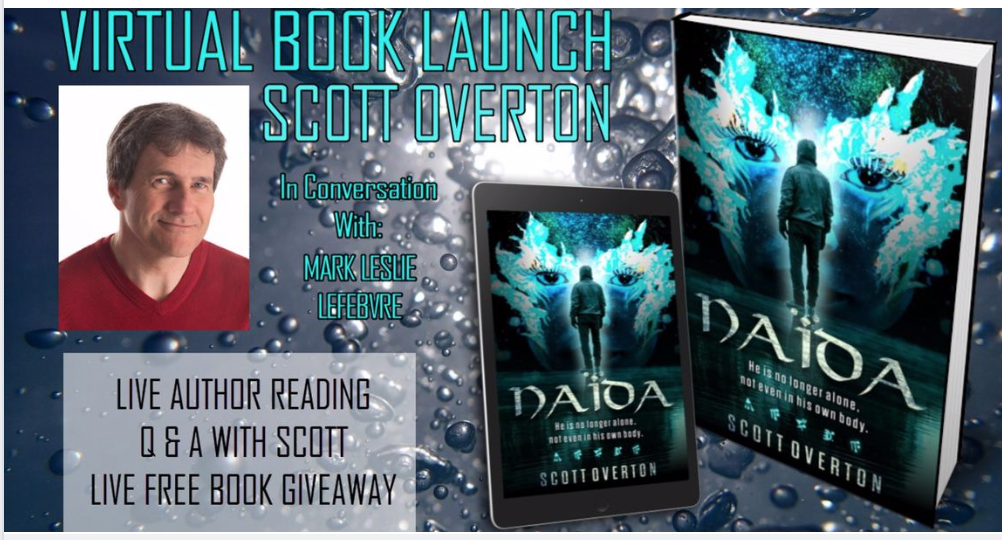One of Harari’s key assertions that had never occurred to me is that, before the rise of modern science in the 1500’s, most people on the planet were encouraged to believe that all significant knowledge was contained in the foundational books of the main religions and the teachings of the ancients. What wasn’t revealed in those just wasn’t important to know. The findings of Copernicus, Galileo, Newton and many others changed that, especially when they led to improvements in technology. It gradually became accepted that learning about how the universe works wasn’t just worthwhile, it could make life better for humans. Similarly, most people had believed that the human condition was stagnant, or even declining, including the distribution of wealth. The size of the world’s “pie” didn’t change, so for you to get a bigger slice you had to take it from someone else. Then came the “discovery” of the American continents and many other previously unknown lands offering huge wealth in conjunction with still more technological improvements, and suddenly there appeared the concept of progress: that the world pie could actually grow and benefit everyone (except the native people of those places, of course).
Enter capitalism. After all, scientific research and exploration are expensive. Those with the capital to pay for it want to see concrete (ie. profitable) benefits. That will continue to be true in centuries to come. Which means that science will advance in areas where there’s money to be made.
We’re already seeing the space travel business pass from the hands of governments to private industry because companies like SpaceX can profit by providing space delivery services not only to NASA but also to everyone who wants to put a satellite, or anything else, into orbit. Since many chemical processes can be easier to carry out under zero gravity and with extremes of heat or cold (or are much safer accomplished far from human populations!), expect to see laboratories and chemical factories in space. The availability of abundant raw solar energy outside the atmosphere is another plus (and a potential industry of its own once it can be safely beamed to receivers on Earth). Future mining of the Moon, the asteroids, and the moons of other planets is something we’ve long assumed will happen. Entrepreneurs eager to carry out such developments are only waiting for the cost of space launches to drop below a certain level, to make the ventures profitable.
Space tourism is a fairly safe bet as a coming attraction, but also expect orbital or Moon-based health spas and retirement homes for those to whom gravity, weather, or unfiltered air have become undesirable. For those of us with insufficient incomes for an actual presence in space, there will at least be a lot of virtual experiences available, driving moon buggies, skating across planet-size ice rinks, or surfing Saturn’s rings. In fact, painstakingly accurate virtual experiences of every kind imaginable will be a growth industry for many decades to come.
The transportation industry has hit a speed bump with Covid-19 (and future pandemics) making it unwise to pack large numbers of people together, but new solutions will be found, and soon the race toward ever faster and pervasive travel will resume. Maybe it’ll be with individual pods linked like train cars travelling in vacuum tunnels. Or drones big enough to carry a human. Or maybe I’m wrong, and only goods will be transported over long distances while humans become accustomed to increasingly realistic virtual travel and social interactions.
Scientific progress isn’t only about space or speed, either. Genetic engineering has already made vast amounts of money for drug and chemical companies, and will only get bigger. Progress in medical science affects everyone, curing diseases, chronic illnesses, and hereditary health problems until life expectancy soars toward immortality. And there’s no question that drug and medical care can be very profitable (note that it will not be profitable for anyone to discover a permanent cure for anything, so don’t expect it. Profit lies in making customers pay for ongoing treatments!) And, like it or not, genetic modification will extend to humans, first for medical reasons but eventually for fashion and entertainment, because there is money to be made. Giant corporations will keep lobbying governments to relax rules against gene editing, cloning, transformative surgeries and the like, while aggressively persuading the masses that it’s what they want. From picking the characteristics of your children, to enhancing your physique with artificial muscle or mechanical accessories, to making you look (and smell) like your favourite celebrity or animal, it’s only a matter of time.
There’s another commodity side to genetic engineering: creating made-to-order creatures. Scientists have already been working to recreate extinct species like woolly mammoths, but you just know that mini-dinosaurs would be big sellers, and the new creations won’t be confined to real species. Chimeras out of legend, or pure fantasy, will be brought to life. Imagine the smile on your daughter’s face when you give her a real unicorn for her birthday!
(As for how we’ll treat the life forms we create, or any alien forms we might encounter, just remember the millions of Africans once condemned to lives of slavery, the billions of animals treated like mere raw materials by agribusinesses today, and the wild species we’re driving to extinction. Everything will depend on which is more profitable: cruelty or kindness. Humankind has a long history of turning a blind eye to the plight of others if that suffering benefits us.)
Don’t forget that profit can also include political advantage and power. The exploitation of the Americas and elsewhere led to European empires that soon surpassed the largest economies of their time, in India and China. It’s also important to remember that much of the wealth of recent centuries came from the discovery of wholly new materials like aluminum and plastics, and new technologies like electrical generation and global communication. The parade of new discoveries will continue as humankind reaches outward and more money is pumped into the science pipeline. Money will be made from things we don’t even know exist yet.
All in all, science fiction writers will be well-advised to plan out our imaginary worlds and empires based on a clearly established framework of trade goods and profit margins. Science depends on investment, which depends on capitalism, which depends on consumers who buy goods and services. (Although it’s also true that, where there’s no existing market, advertising will create one!)
In closing, I’m compelled to point out one more thing to the capitalists reading this:
Saving the planet can be a money maker too! Think of it as “preserving your capital”, “protecting your market”, or just “ensuring future growth”.
Right now, that’s the most important investment of all.













